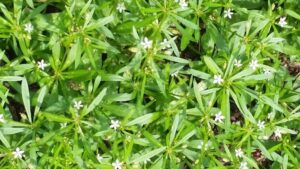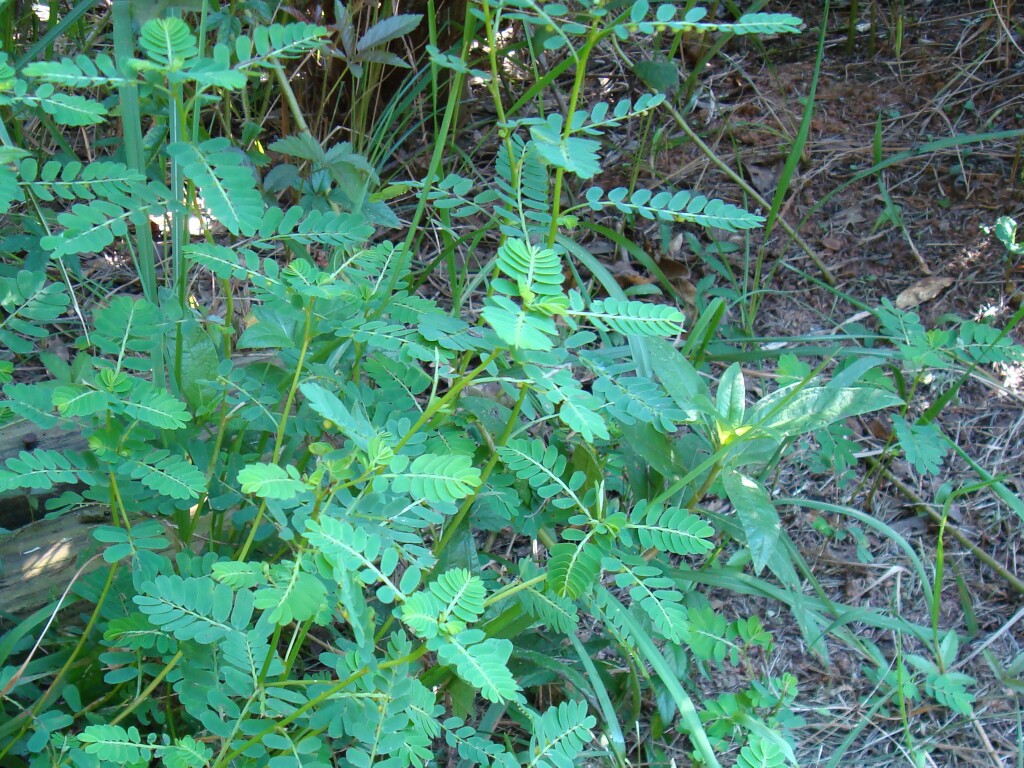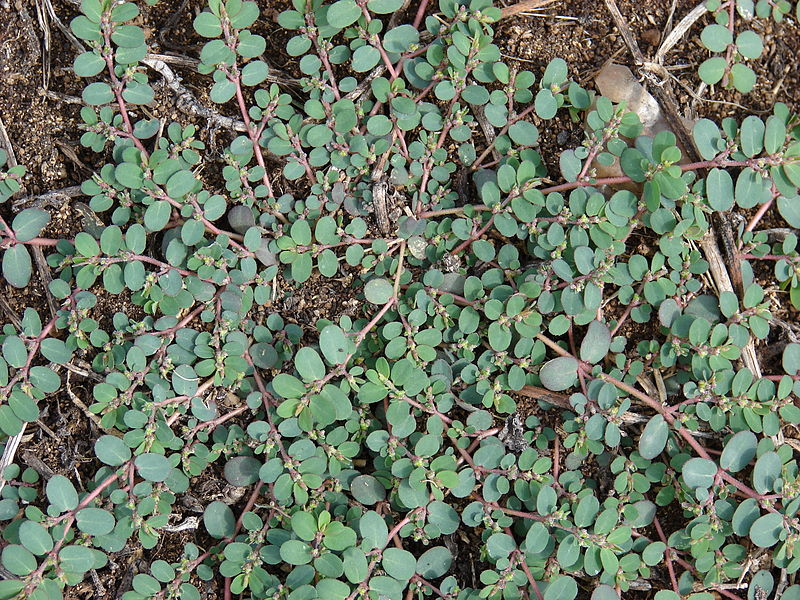
Heather N. Kolich, ANR Agent, UGA Extension Forsyth County
When it comes to lawn weeds, an ounce of prevention is worth a pound of cure. Weed prevention is what pre-emergence herbicide products do, but effectiveness of any herbicide product depends on several factors, including the timeliness of the application, the type of weed, and the species of turfgrass in your lawn.
When to apply pre-emergence herbicide
A pre-emergence herbicide inhibits the cell division of roots or shoots during seed germination. That’s why it’s important to apply the product to the lawn area before the season of growth begins. We have two seasons for annual weeds: cool season and warm season. Cool season (winter) weeds grow from late fall to early spring, and warm season (summer) weeds grow from late spring to early fall. To control both, established lawns need a pre-emergence herbicide application twice each year.
Because warm season weeds can begin germinating when soil temperatures warm to 55˚ Fahrenheit, the window for applying a preemergence herbicide to prevent summer weeds is late-February to mid-March. To control winter weeds in North Georgia, apply a preemergence as early as late August but before the end of September. Preemergence herbicides continue working in the soil for several weeks.

Pre-emergence herbicides must move into the soil where the weed seeds are, so plan to apply the herbicide shortly before rainfall of one-half to one inch is predicted. Once watered in, pre-emergence herbicides create a chemical barrier. When the seedling encounters the chemical, cell division stops. Keeping the soil moist will help prolong herbicide activity to prevent later germinating seeds from establishing. Too much rain or irrigation, however, can move the herbicide deeper into the soil, into the root zone of established plants.
When NOT to apply pre-emergence herbicide
If you’re planning to newly-seed, reseed, or overseed your lawn, you’ll need to carefully consider when or whether to apply a preemergence herbicide. Pre-emergence herbicides have long residual activity that effectively inhibits seedling growth in all types of seeds, including your new grass seed. Most pre-emergence herbicide products also caution users not to apply the product to newly seeded or recently sprigged lawns.

Pre-emergence herbicides don’t work on actively growing weeds. If you can see the weed, it’s too late to apply pre-emergence herbicide. You’ll need to spot-spray emerged weeds with an appropriate post-emergence herbicide while the weeds are still in the early stages of growth. Mature weeds are less susceptible to herbicides than young weeds are.
Pre-emergence herbicides also won’t kill established perennial weeds that reproduce from roots. However, since perennial weeds also produce seeds, timely application of a pre-emergence herbicide can lower the rate of infestation by preventing seeds from establishing in new locations.
Which pre-emergence herbicide should I use?
As with post-emergence herbicides, the pre-emergence product you use depends on the species of lawn grass you’re growing. Certain active ingredients can damage some types of turfgrass. Refer to the Georgia Pest Management Handbook, Homeowner Edition, for weed control product recommendations for different types of lawns.
Pre-emergence products come in both granular and liquid forms. The Georgia Pest Management Handbook shows the form of each product, the application rate per 1,000 square feet of lawn, and other information such as allowable frequency of application and recommended interval between applying the herbicide and reseeding the lawn.
When using herbicides and other pesticides, always follow the directions that are printed on the product label. Application rates are legal limits that encompass the minimum amount at which the product is effective and the maximum amount at which the product is safe to use for you, your plants, and the environment. Also use the specified personal protection equipment indicated on the label of each product.
To fertilize or not to fertilize
“Weed and feed” products offer the convenience of preventing weeds and fertilizing lawns at the same time, but the combination isn’t always appropriate. Lawn grasses and other plants should only be fertilized when they’re actively growing. If your lawn is tall fescue, a cool season grass, a “weed and feed” type of pre-emergence herbicide is fine to use in February-March, because tall fescue needs fertilizer (the “feed” part) at that time. For the late summer application of pre-emergence herbicide, however, it’s still a little early to fertilize fescue.

For warm-season turfgrasses such as bermudagrass, zoysiagrass, and centipedegrass, weed-and-feed products are never a good idea. Active growth of these lawns begins in April or May, well after the fertilizer has left the root zone. In late summer, warm-season grasses need to prepare for winter dormancy; applying fertilizer at that time disrupts that process, and it can set up conditions for Spring Dead Spot in the following year.
You can find lawn care calendars for the different types of lawn grasses on the Forsyth County Extension website. In addition to weed control guidance, these calendars contain information about seeding, fertilizing, irrigating, and mowing lawns.